Three months into 2020, Google is dominating the tech industry with machine learning product releases. As of February, the tech giant has rolled out several new tools and seems to be developing a few more.
What exactly were Google’s releases come the new decade? Here’s a complete list!
T5: Text-To-Text Transfer Transformer
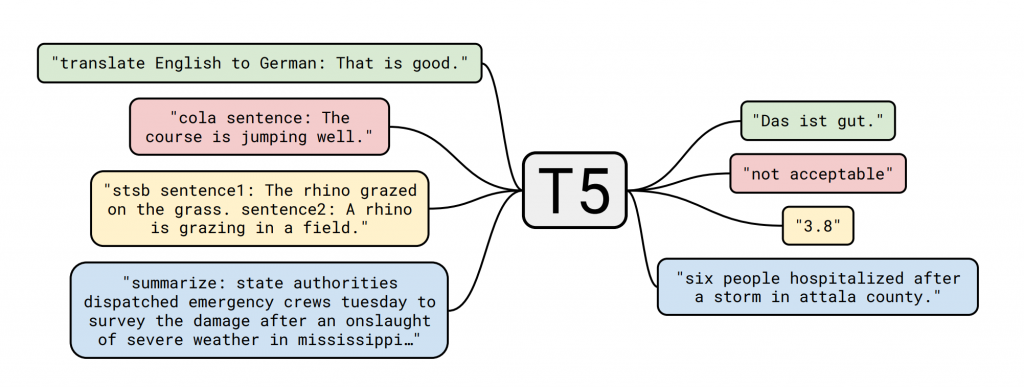
Natural Learning Processing (NLP) has come a long way since it was first introduced. Anyone could agree that this progress could be credited back to the pre-training of models on the unlimited availability of unlabeled text data.
Google’s T5 Text-To-Text Transfer Transformer reconstructs these NLP processes into a single text-to-text format. With T5, both input and output will be in text strings (unlike BERT-style models). The framework allows usage of the same model, loss function and hyperparameters on any given NLP.
AutoFlip: Intelligent Video Reframing Open-Source Framework
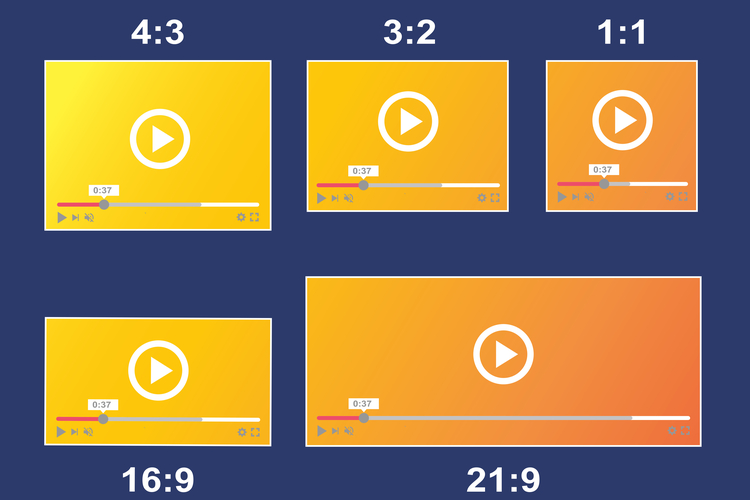
Streaming devices don’t always have the same aspect ratio. From smart TVs to mobile phones, video producers spend a ton of time editing the aspects to make it fit for every viewer. The post-processing is lengthy and tedious, and Google stepped up to make this easier for its users.
With AutoFlip, an open-source framework for intelligent video reframing, users can develop pipelines for processing time-series multimodal data. The tool can analyze any video and target dimension to produce a video with the desired aspect ratio within the same timeframe.
ClearGrasp: 3D Sensors

Over the years, countless 3D sensors have been introduced in the tech industry. If there’s one thing these tools have in common, it’s that the algorithms tend to assume all surface reflects light equally in all directions. Transparent objects therefore are not identified by sensors because light reflects and refracts, and these contain unpredictable noise.
To fill the gap, Google introduced ClearGrasp, a machine learning algorithm that can detect the 3D data of a transparent object using RGB-D images. From the input, deep learning is used to reconstruct the depth of the transparent figures.
TensorFlow Constrained Optimisation Library
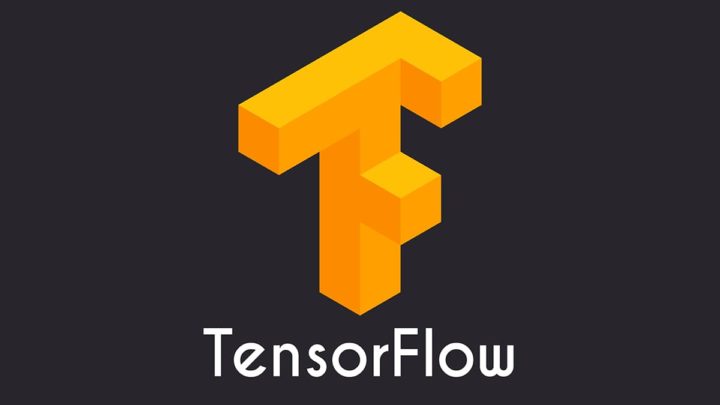
Machine learning has broken barriers with applications in healthcare, often helping detect early signs of illnesses. However, these algorithms are leaning towards generalization, compromising fairness in the process. These fail to consider the small things like sex and age.
Google’s TensorFlow Constrained Optimisation Library (TFCO) is a supervised machine learning library built for training ML on multiple models. In a Google AI blog post, the TFCO team describes the tool as made to “take into account the societal and cultural factors necessary to satisfy real-world requirements.”
DermGan: Synthetic Generation of Clinical Skin Images

With advances in machine learning, doctors are now able to provide more accurate diagnoses. In theory, it’s a win for tech. In real-life, it can be limited by privacy concerns and low patient volume.
To improve the diversity of machine learning data, Google shared their new project DermGan, a model that generates skin images that exhibit the characteristics of a given pre-specified skin condition, location, and underlying skin color. Through an image-to-image translation approach, generated images can help improve the process of detecting rare skin conditions.

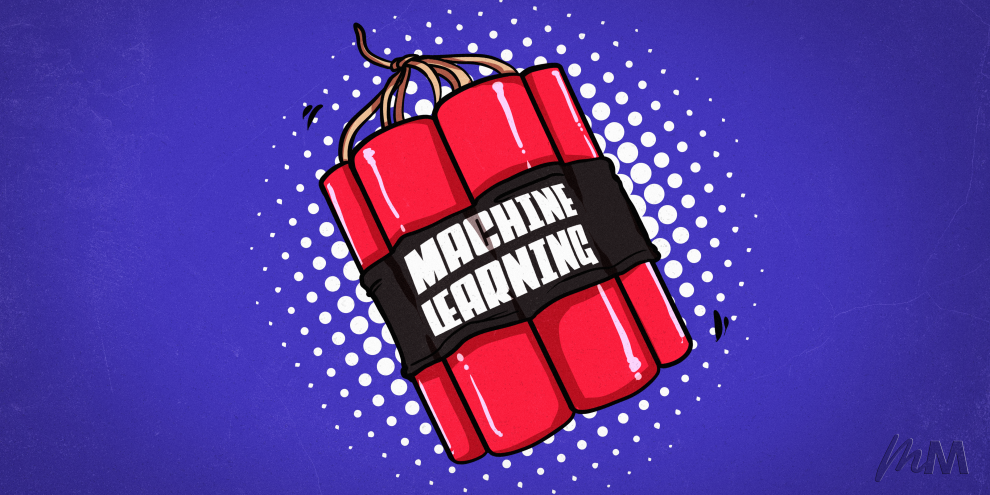

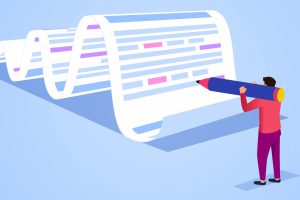


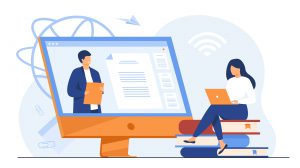


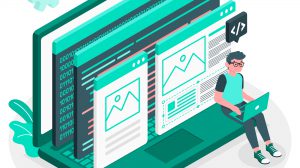

Add Comment